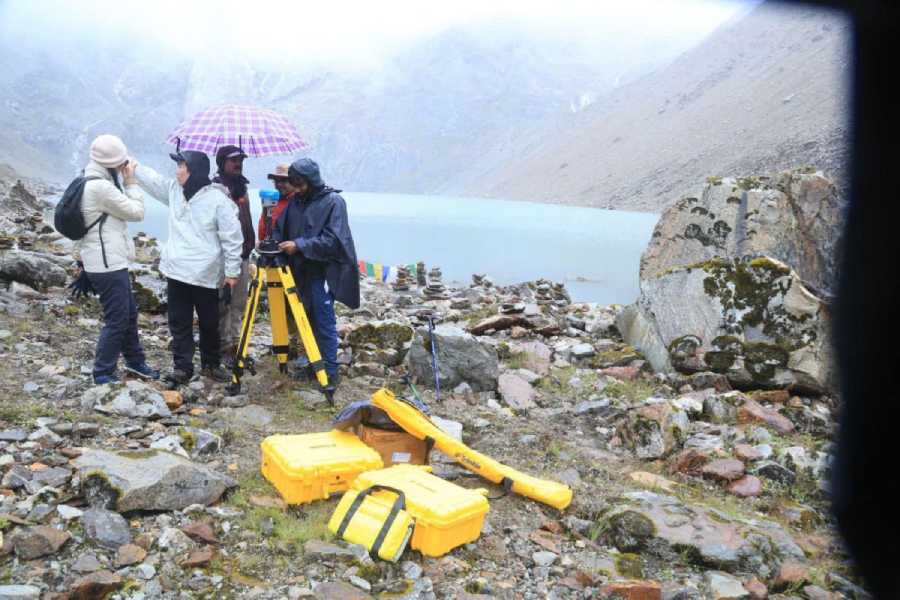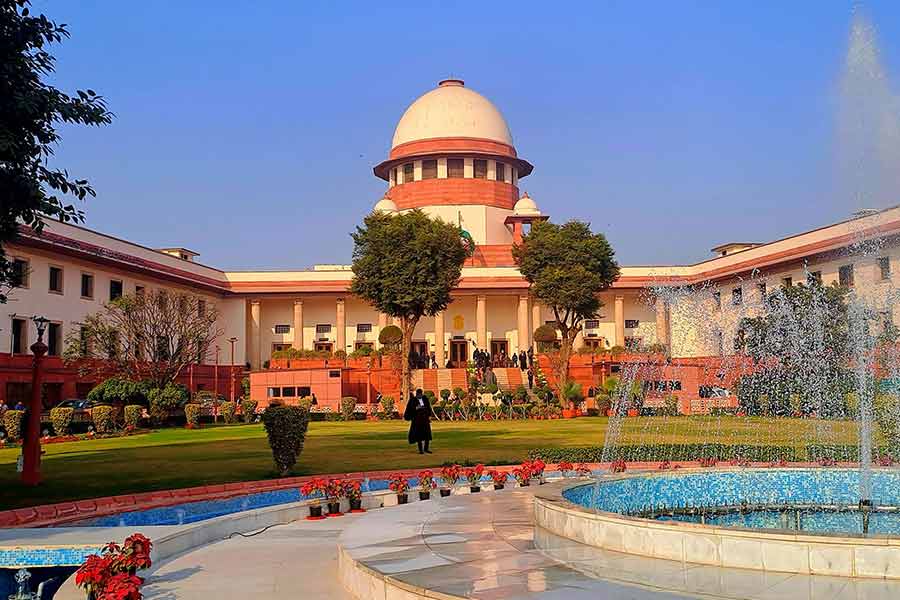Scientists have classified 50 glacial lakes in the Himalayas as “very highly hazardous”, at risk of glacial lake outburst floods (GLOFs) triggered by the collapse of their natural ice and bedrock dams.
The 50 lakes that appear primed for GLOFs include the West Upper Gurudongmar Lake in Sikkim, two lakes in the Tawang district of Arunachal Pradesh, the Samudra Tapu Lake in Lahaul Spiti, Himachal Pradesh, two lakes near Rangdum village and two lakes near Deosai National Park in Ladakh, their study has suggested.
A GLOF is the sudden and powerful release of water from a glacial lake caused by the failure of its natural dam, leading to potentially devastating floods downstream. The dam failure may itself be triggered by extreme rainfall, a rock or snow avalanche into the lake, or earthquakes.
In the study, researchers at the Indian Institute of Technology, Ropar, analysed the vulnerability of 851 glacial lakes along the Himalayas from Arunachal Pradesh to Ladakh and classified 324 as highly hazardous and 50 as very highly hazardous for GLOFs.
Authorities have documented at least 25 GLOFs in the Himalayas over the past two decades, including the Chorabari GLOF in Uttarakhand in 2013 and the Gya GLOF in Ladakh in 2014. Depending on local topography, GLOFs can send torrents of water up to 40km downstream.
“It is critical to assess the risk of GLOFs for the safety of downstream areas,” said Reet Kamal Tiwari, a geologist and an associate professor at the Indian Institute of Technology, Ropar, who supervised the study.
Tiwari and research scholars Deepali Gaikwad and Ankit Tyagi combined data from the 25 GLOFs that occurred between 2000 and 2023 with statistical methods to assess the GLOF risk for each of the 851 glacial lakes.
Their analysis, published this month in the journal Remote Sensing Applications: Society and Environment, has suggested that the eastern Himalayas have the highest count of hazardous lakes (over 150), followed by the central Himalayas (over 140) and the western Himalayas (around 70).
Their study took into account potential triggers such as intense rain or snow and high temperatures and glacial lake characteristics such as area, volume of water, steepness of terrain slope, and stability of the natural dams.
“Lakes with larger surface areas, particularly those linked to large glaciers, require rigorous and continuous monitoring to mitigate the potential risks effectively,” Gaikwad said.
Sikkim has completed a survey of its 320 glacial lakes as part of the first exercise in the country to mitigate glacial lake outburst floods, the state goverment said in November.











